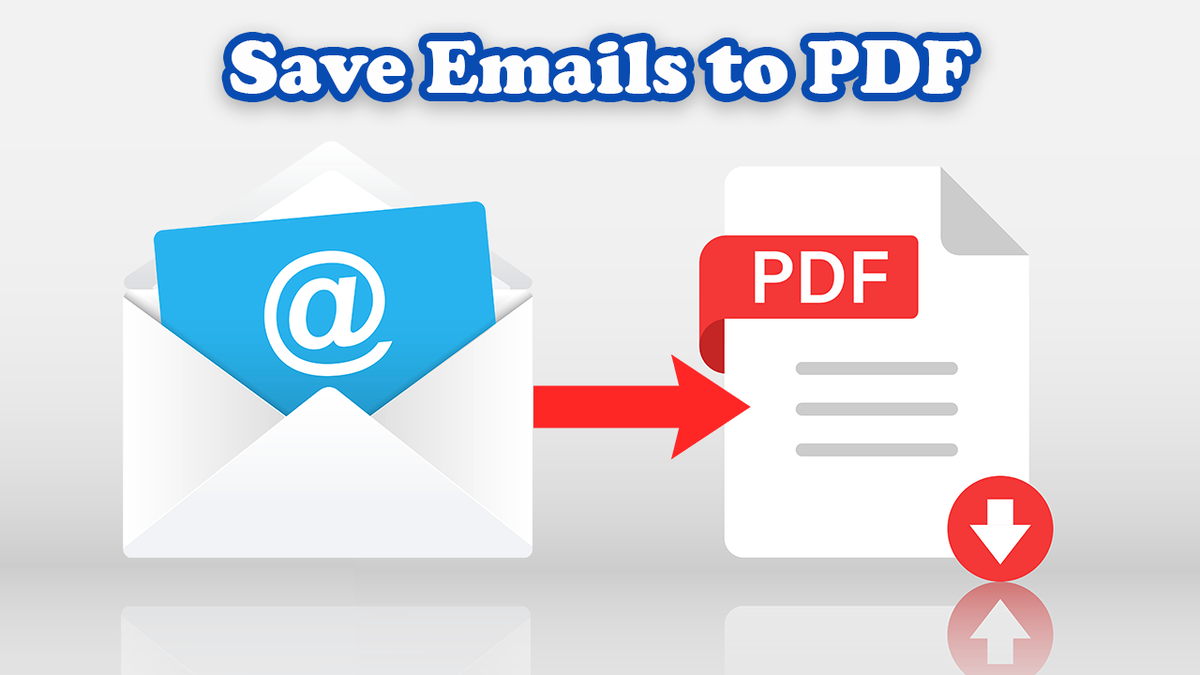
In the digital age, email has become an indispensable tool for communication, both in personal and professional spheres. However, the transient nature of email platforms and the risk of data loss or corruption underscore the importance of preserving email messages. One effective way to achieve this is by exporting email messages to PDF format. This article explores the various benefits of this practice, highlighting its importance in preserving valuable communication to get how to convert picture to pdf.
Preserving Email Communication
Exporting email messages to PDF offers several advantages in preserving the integrity and accessibility of communication:
Retaining Important Information: Converting email messages to PDF format ensures the preservation of critical information, which may be required for legal and compliance purposes. Additionally, it serves as an archival method for storing correspondence that may be needed for future reference.
Ensuring Data Integrity: PDF files maintain the original formatting and attachments of email messages, thereby safeguarding against alterations or edits. This ensures that the content remains true to its original form, even when shared or archived.
Facilitating Accessibility and Sharing: PDF files are compatible across various platforms and devices, making them easily accessible to recipients. They can be shared seamlessly with colleagues or clients, ensuring effective communication regardless of the recipient’s preferred device or software.
Organizational Benefits
Exporting email messages to PDF offers numerous organizational benefits:
Streamlining Document Management: By consolidating email messages into portable PDF files, organizations can streamline document management processes. This allows for the creation of searchable archives, facilitating efficient retrieval of information when needed.
Enhancing Collaboration and Communication: PDF files enable effective collaboration and communication by providing a standardized format for sharing insights and feedback. They also facilitate remote work and collaboration, allowing team members to access and review email correspondence from anywhere.
Promoting Security and Confidentiality: PDF files can be encrypted and protected with access controls, reducing the risk of data breaches or unauthorized access. This ensures that sensitive information remains secure and confidential, mitigating potential risks to the organization.
Practical Applications
Exporting email messages to PDF has practical applications across various contexts:
Business and Professional Use Cases: PDF files are commonly used for legal documentation, such as contracts and agreements, as they provide a secure and unalterable format for storing important records. They are also utilized for financial statements, invoices, and other business documents.
Personal and Educational Purposes: Individuals can benefit from exporting email messages to PDF by saving important correspondence, such as travel itineraries or receipts. PDF files are also useful for creating study guides or reference materials for educational purposes.
Creative and Design Projects: PDF files serve as a valuable resource for creative professionals, allowing them to archive inspirational content, such as design concepts or references. They are also utilized for creating portfolios or presentations to showcase work.
Conclusion
Exporting email messages to PDF format offers numerous benefits in preserving valuable communication and enhancing organizational efficiency. By retaining important information, streamlining document management, and promoting security, PDF exportation practices contribute to effective communication and collaboration. Organizations and individuals alike can leverage the advantages of PDF files to ensure the integrity and accessibility of their email correspondence, thereby enhancing productivity and mitigating risks associated with data loss or corruption.


